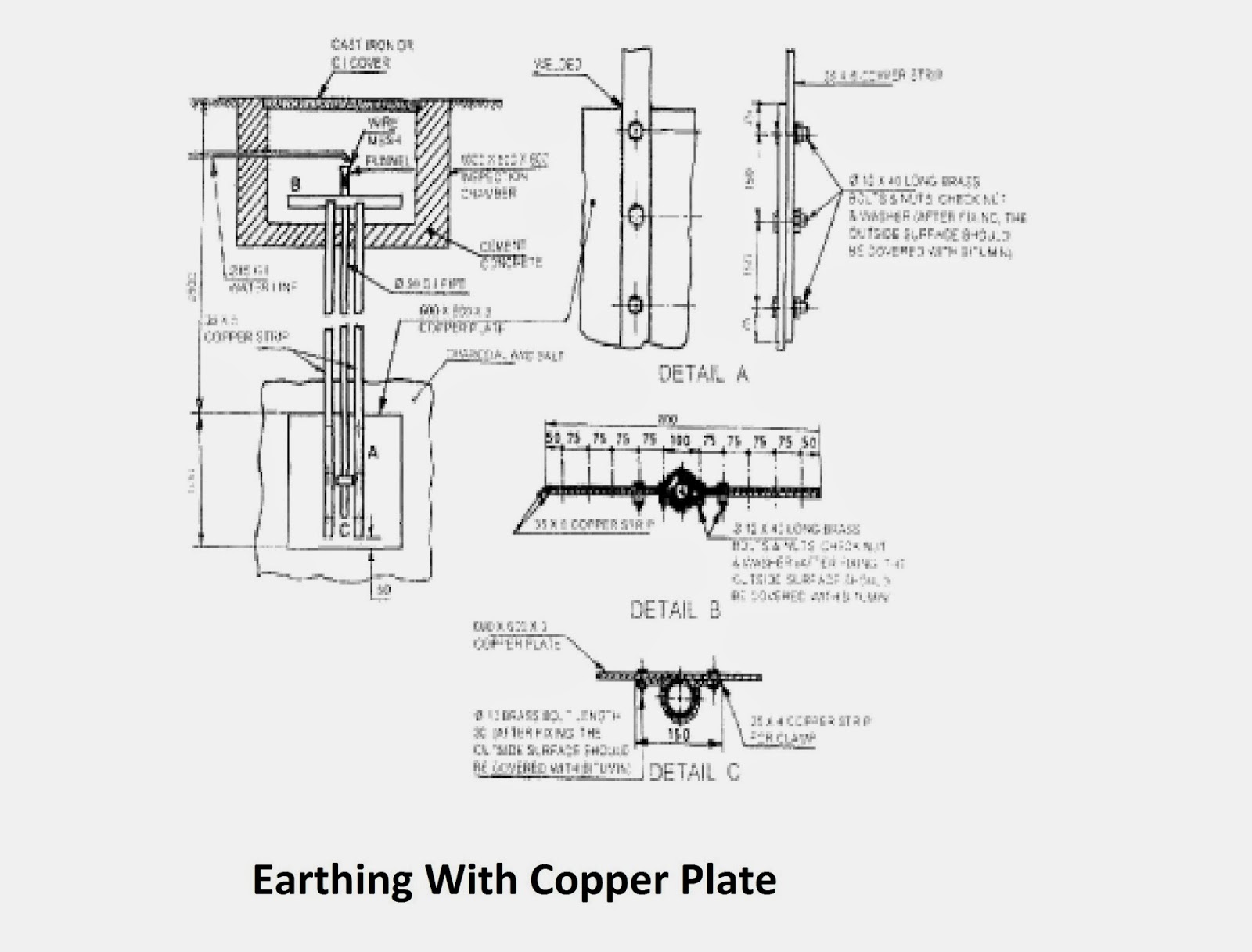Transformer Cooling Methods
Cooling of Transformer:-
Due transformer operation i.e. conversion of energy at one voltage level to another voltage level there are losses occur in the winding and core of the transformer. These losses appear as heat which must be dissipated to the surroundings.
There are following coolants used for transformer cooling:-
1. Air
2. Oil
Transformers which are using air as a coolant are known as Dry type transformers. On the other hand transformers which uses Oil as a coolant are called as oil immersed transformers.
In Dry Type transformers heat generated is dissipated to surroundings through convection.
In case of oil immersed transformers the heat generated inside the core and the windings is conducted across them to their surfaces. This heat is transferred by the oil to the walls of tank through convection. Finally the heat is transferred to surroundings by radiation and convection.
Methods of cooling in Transformer:-
There is large no. of methods used for cooling of transformers. The choice of method will depends upon Size, type of application and type of conditions at site where transformer is installed.
The letter symbols used for cooling system in Transformer is as below:-
1. Medium or Coolant Used in Transformers
The cooling medium or coolants used for transformers along with symbols used for designing them are:-
(i) Air –A
(ii) Gas- G
(iii) Synthetic oil – L
(iv) Mineral Oil – O
(v) Solid Insulation –S
(vi) Water- W
2. Circulation
The circulation of the cooling medium may be through natural means or there may be a forced circulation of the coolant. Symbols used are as below:-
(i) Natural-N
(ii) Forced- F
There are two ways of cooling the transformers:-
1. The coolant used in Transformers comes will comes in contact with winding and core and takes that heat to Transformer tank and entire heat will be dissipated to the surroundings.
2. The coolant inside transformer comes in contact with windings and cores. The coolant partly transfer the heat generated to the transformer tank walls and major portion of heat generated inside transformer being taken up the coolant circulating in transformer and will get dissipated later in the external heat exchanger.
The coolant circulating inside transformer get heated up and cooled through heat exchanger. Heat exchanger may consist of water or air to dissipate the heat.

Comments
Post a Comment